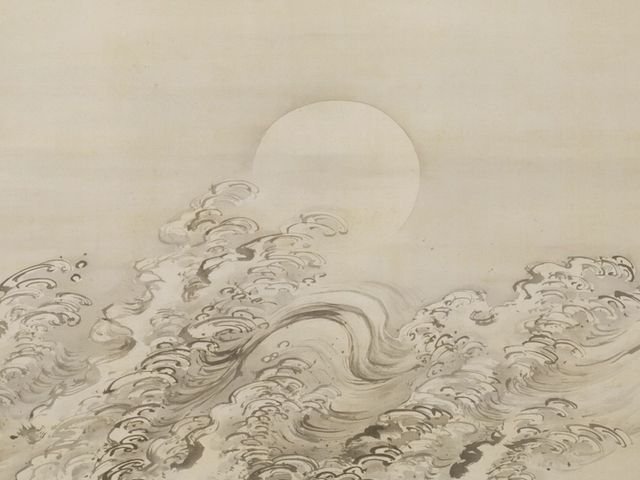In the seventeenth century, in response to the ideas of self-expression traveling from China, Japanese artists developed their own, highly sophisticated version of the Chinese literati culture.
This school of Japanese painting, called bunjin-ga, or literati painting, was popular among artists who considered themselves to be intellectuals. These works are valued for depicting natural impressions in ink or pale colors. Popular since the Song dynasty (960–1279), literati artists developed their own unique characteristics while being influenced by Chinese paintings during the Edo period (1603–1868).
Typically done in monochrome black ink, or sometimes with light colors, Japanese literati art often depicts landscapes and elements of the natural world. One strong example of Japanese literati art found in the museum’s collection is Yamamoto Baiitsu’s Bamboo and Rock. Baiitsu’s rendering of bamboo and rocks showcases his literati style, balancing fully-inked bamboo leaves with dry-brushed jagged rock.












